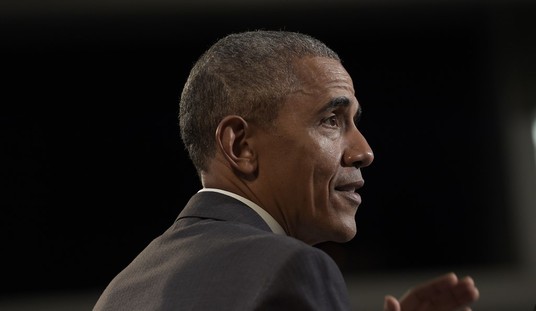A friend messaged me from Busch Gardens in Tampa, Florida. It is a balmy 86 degrees, and the park is so full that the Fast Pass, which moves you to the head of the line for rides, costs $170. Their family did get a temperature check before entering the park, but I was also sent a picture of a sign advertising “facial covering relaxation zones” throughout the park. These types of experiences may be why President Biden’s “goal” of “allowing” us to gather with a few friends on July 4th made many of us in open states laugh out loud.
In the last week, I have been to a beer festival, a birthday party and am going out to celebrate a friend who received an award later today. No one inquired as to anyone’s vaccination status or asked for a COVID-19 passport. Nor did Busch Gardens when they admitted my friend and their family.
Georgia and Florida have been open with declining restrictions and no mask mandates since last summer. Our kids are in school, and most people outside Atlanta would tell you life is 95% normal. When our kids can take the diapers off their faces at school, and I don’t need to wear one into the bank to talk to a teller behind a plexiglass shield, all will be well.
Despite this dangerous freedom, Georgia’s seven-day rolling average for new cases is 1,691, the lowest it has been since October 23. Florida is reporting a steep drop as well. According to the Tallahassee Democrat:
Florida reported far fewer coronavirus cases in the week ending Sunday, adding 35,774 new cases. That’s down 11.6% from the previous week’s toll of 40,449 new cases of the virus that causes COVID-19.
These declines are despite the scary U.K. variant, B.1.1.7, being present in both states. This finding prompted President Biden to contemplate imposing travel restrictions on Floridians a few weeks ago. That idea seems ridiculous now. Florida is 27th in deaths per million, and Georgia is 19th. Both states performed significantly better than the lockdown governors on that metric and didn’t destroy their economies and small businesses in the process. This relative performance is probably why they are the two states being punished by the COVID-19 stimulus bill with the two largest federal funding reductions.
What is most interesting about Florida is the counties seeing the most significant declines in new cases. According to the article, “Across Florida, cases fell in 58 counties, with the best declines in Palm Beach, Broward, and Orange counties.”
Orange County contains Orlando, where several thousand attendees converged on the city two weeks ago for CPAC. Now beyond the 14-day window, there are still declines in new COVID-19 cases in the county. People dying with COVID-19 are also declining rapidly in both states, indicating fewer severe cases. In Georgia, COVID-19-positive patients make up less than 10% of inpatient beds and often only test positive after admission with another medical problem. It might be time to end the perverse financial incentives for testing and including the diagnosis on a chart.
At some point, researchers should try to explain how states that opened, remained open, and had a return to near-normal mobility did not suffer the dire consequences that health experts predicted. Tests of blood donations for antibodies last summer prompted CDC Director Robert Redfield to tell Congress that the number of infections with COVID-19 was ten times the number of confirmed cases.
A more recent estimate from Dr. Mark Makary stated we had captured 1 in 6.5 cases. Using Dr. Makary’s lower estimate, nearly 60% of Georgians and 70% of Floridians have either been exposed, diagnosed, or vaccinated for COVID-19. While the herd immunity threshold is not known, people with acquired immunity to the virus act as a brake on the infection. Unfortunately, we may never know how this is contributing to the experience of the COVID-19 pandemic. Nor may we fully understand how infections with other coronaviruses, shown in several studies to provide reactive T-cell immunity to COVID-19 in some portion of the population, helped bring down infection rates.
Hopefully, the unknowns, such as acquired immunity and preexisting immunity, may drive activities in the event of another novel virus. It would require large-scale testing of unexposed individuals for an immune response in the early pandemic and ongoing studies of recovered patients throughout it. However, this type of information could be critical in crafting a more measured public health response and avoiding the impacts on the economy, education, and mental health that COVID-19 caused.










